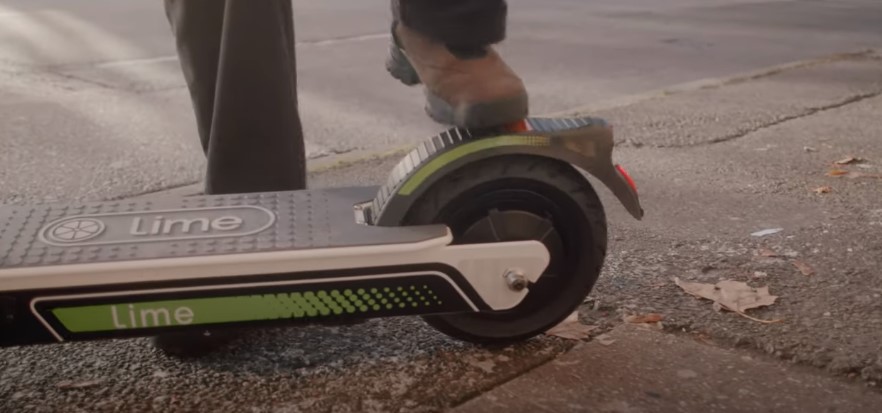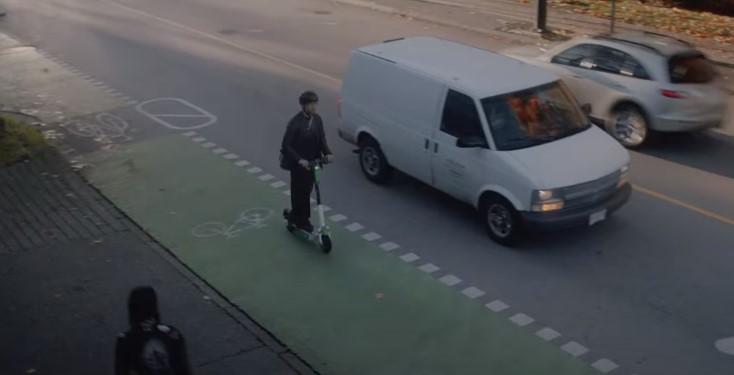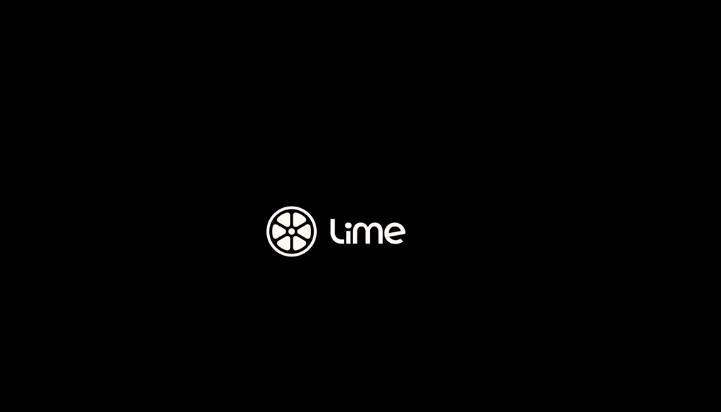Navigating the expenses of using Lime scooters involves understanding their charging costs. Calculating the charge expense requires considering factors like electricity rates, battery capacity, and charger efficiency.
Let’s delve into each aspect to grasp the overall picture of how much it costs to charge a Lime scooter efficiently and economically.
How Much Does It Cost to Charge a Lime Scooter?
Calculating the expense of charging a Lime scooter hinges on your local electricity rate. In the US, electricity averages 13.31 cents per kWh, making one scooter charge roughly 13 cents.
Lime pays their chargers or “Juicers” $4 to $5 per scooter, varying by factors like location and time. Factoring in electricity costs, Lime Juicers can still enjoy a good profit.

Cost-Related Factors in Charging a Lime Scooter
Charging a Lime scooter involves several dynamic elements that influence its overall cost. Understanding these factors is crucial for both users and Lime Juicers to optimize expenses and earnings.
Let’s explore the key aspects that contribute to the cost of charging a Lime scooter:
Electricity Rates
The cost of electricity in your area plays a pivotal role in determining how much it costs to charge a Lime scooter.
Across regions, electricity rates vary significantly. For instance, in the United States, the average price of electricity hovers around 13.31 cents per kilowatt-hour (kWh). This forms the baseline expense for powering up a Lime scooter.

Battery Capacity and Efficiency
Lime scooters come equipped with batteries of different capacities, affecting their energy requirements. Efficient charging relies on understanding the specific battery capacity of the scooter model you’re dealing with.
Moreover, the charging efficiency of Lime scooters and their batteries can vary, impacting the amount of energy needed to fully charge the scooter.
Charger Efficiency
The efficiency of the chargers used to replenish Lime scooters is another factor to consider. Some chargers might be more energy-efficient than others, leading to differences in energy consumption during the charging process. Opting for high-quality, efficient chargers can reduce overall electricity costs.
Charging Time and Frequency
The time taken to charge a Lime scooter to full capacity and the frequency of charging also influence costs. Charging during off-peak hours [1] when electricity rates are lower can lead to cost savings.

Additionally, the more frequently a scooter needs charging, the higher the overall cost over time.
Lime Juicer Earnings
For Lime Juicers who undertake the responsibility of charging and deploying scooters, earnings play a vital role. Lime pays Juicers an average of $4 to $5 per scooter, with rates varying due to factors like location, availability, and time of day.
This earning potential offsets the cost of electricity, allowing Juicers to make a decent profit.
External Factors
Various external factors, such as market demand, competition among Lime Juicers, and seasonal trends, can impact the overall cost of charging Lime scooters.

Higher demand might lead to higher earnings for Juicers, balancing out the charging costs.
Conclusion
The cost of charging a Lime scooter involves factors like electricity rates, battery efficiency, charger quality, and Lime Juicer earnings. Understanding these elements helps users and Juicers manage expenses and potential profits efficiently.
By considering these factors, one can navigate the cost landscape of Lime scooter charging with clarity.

